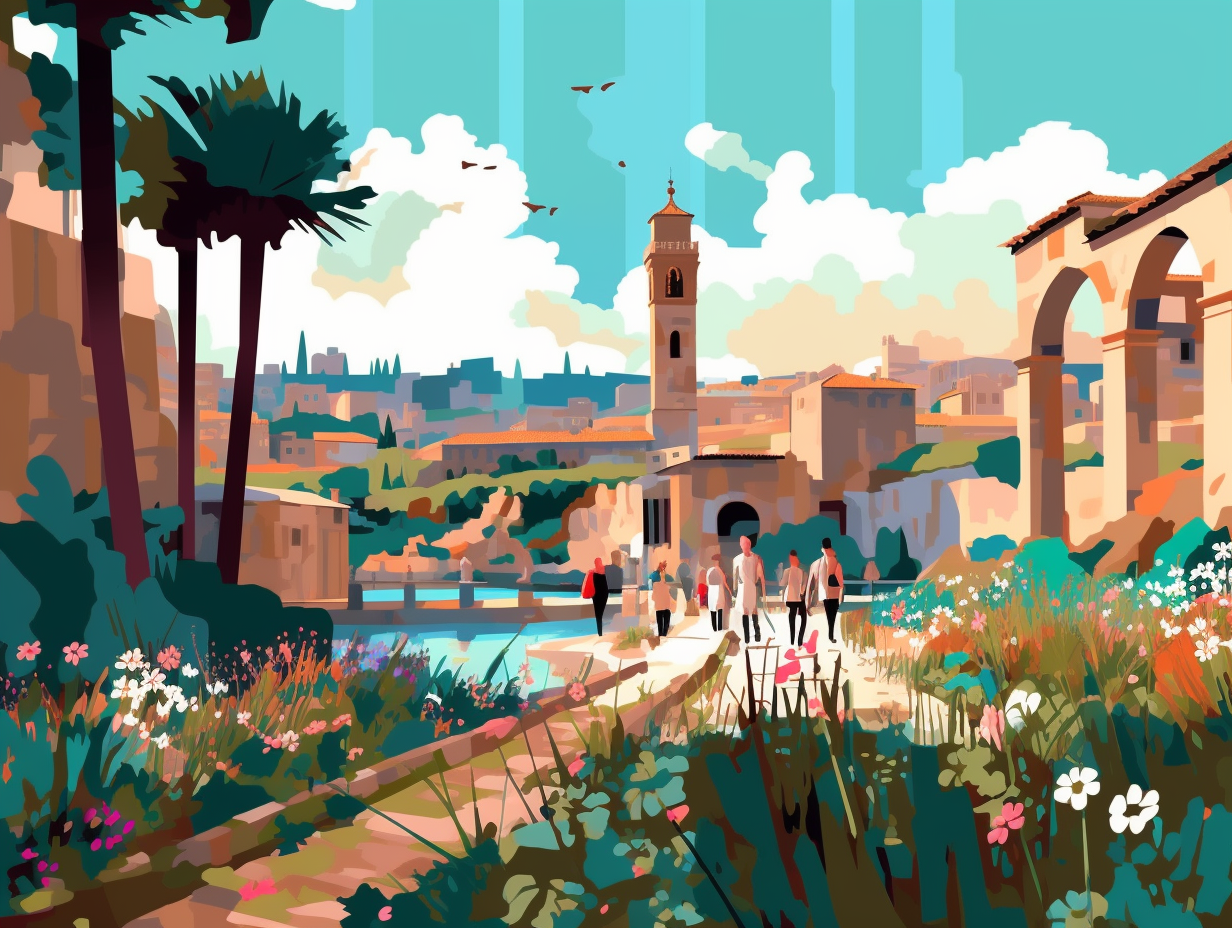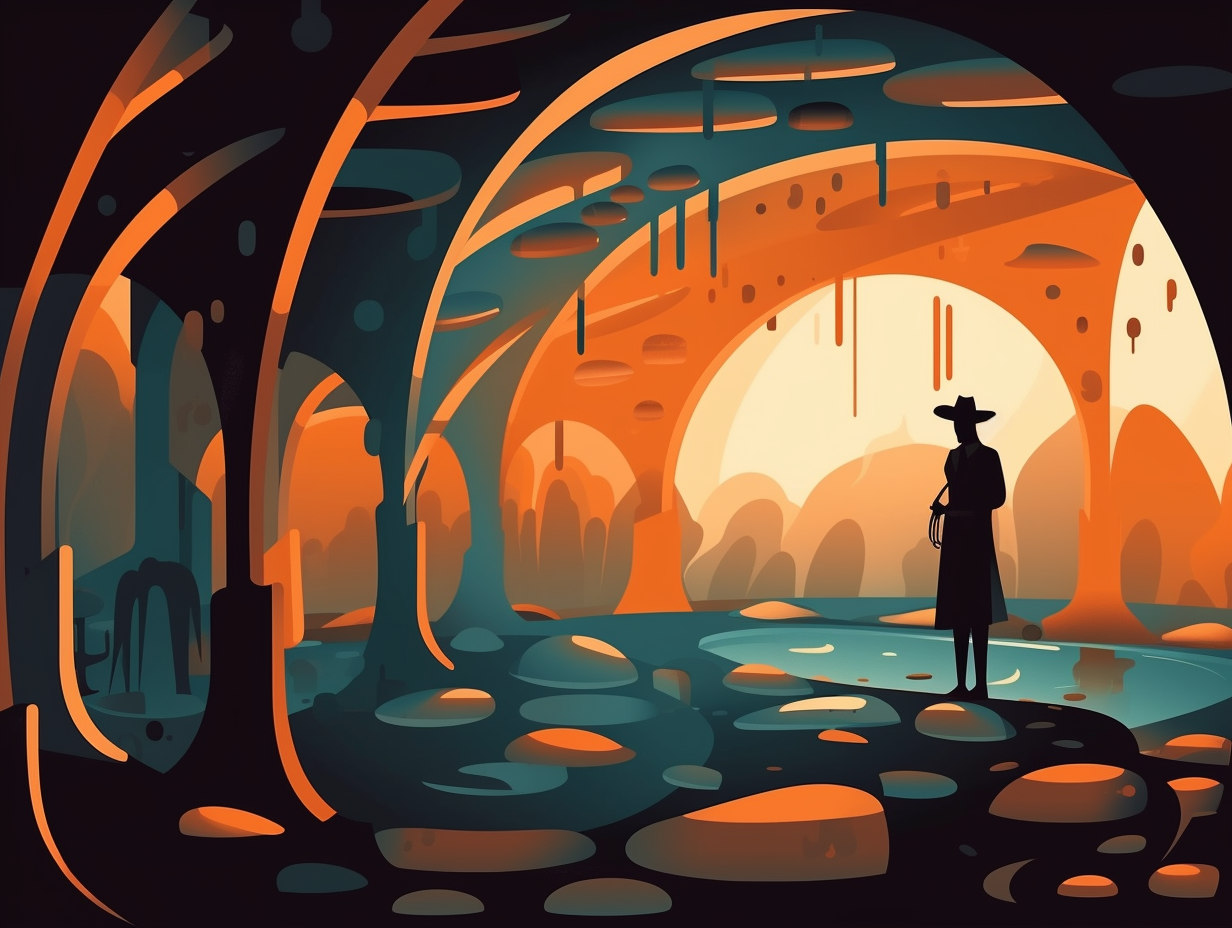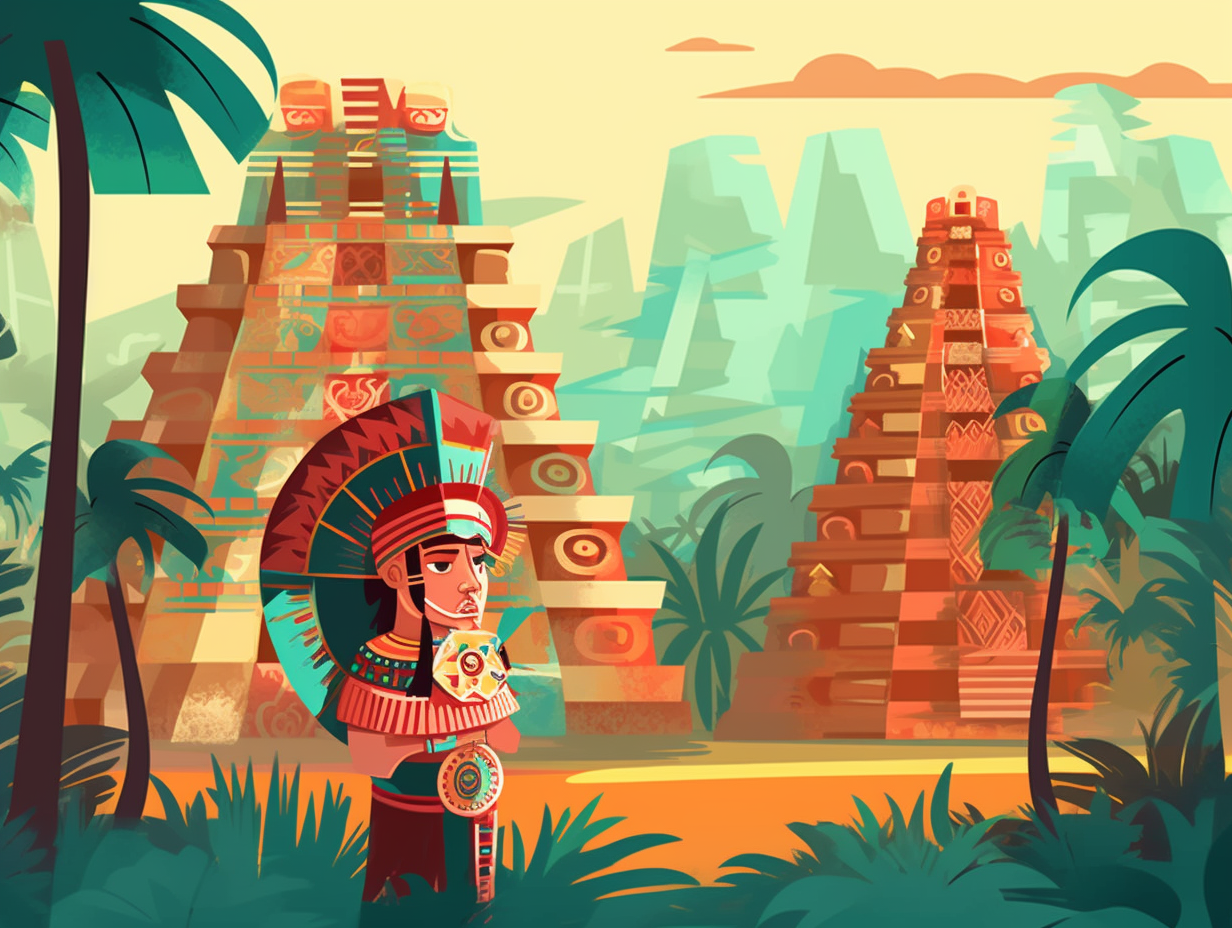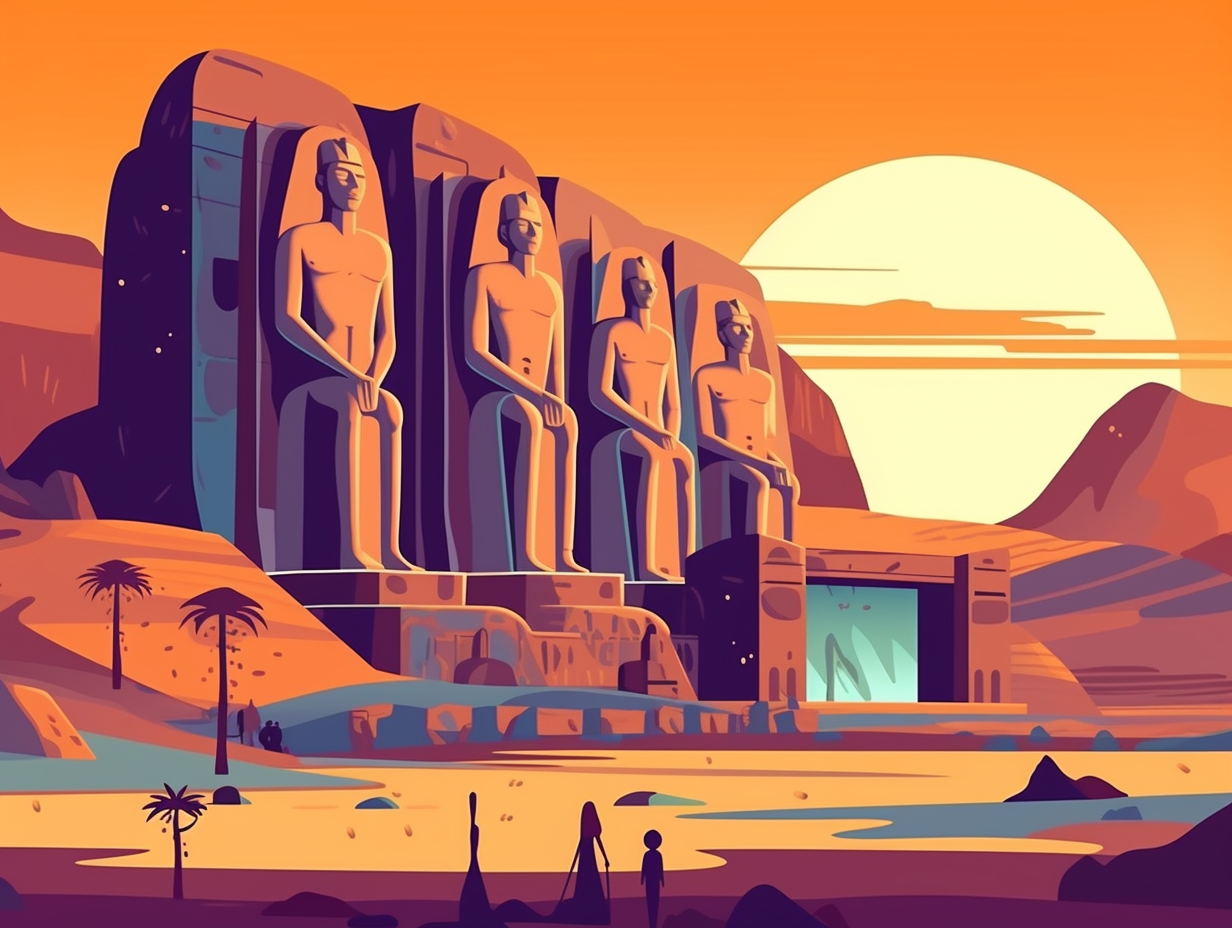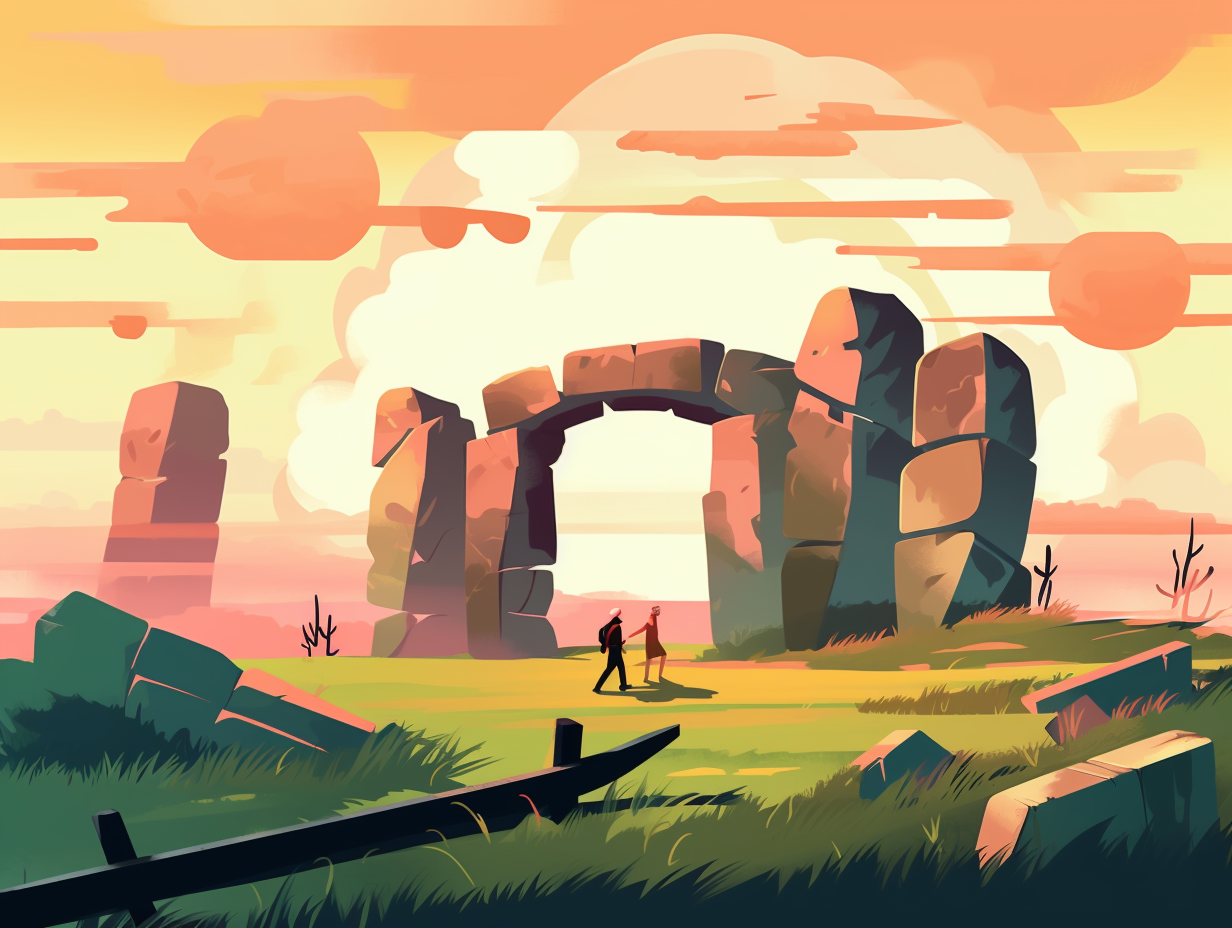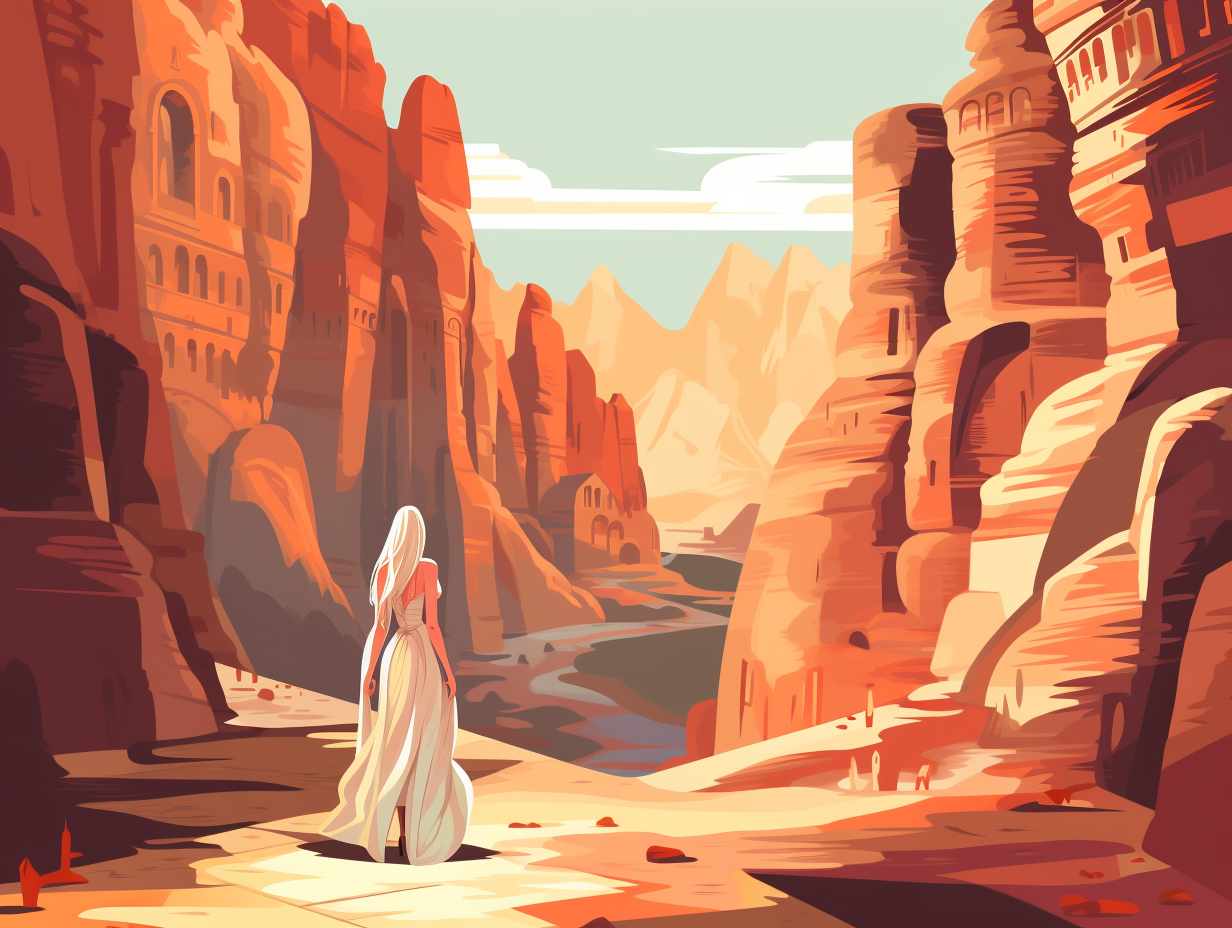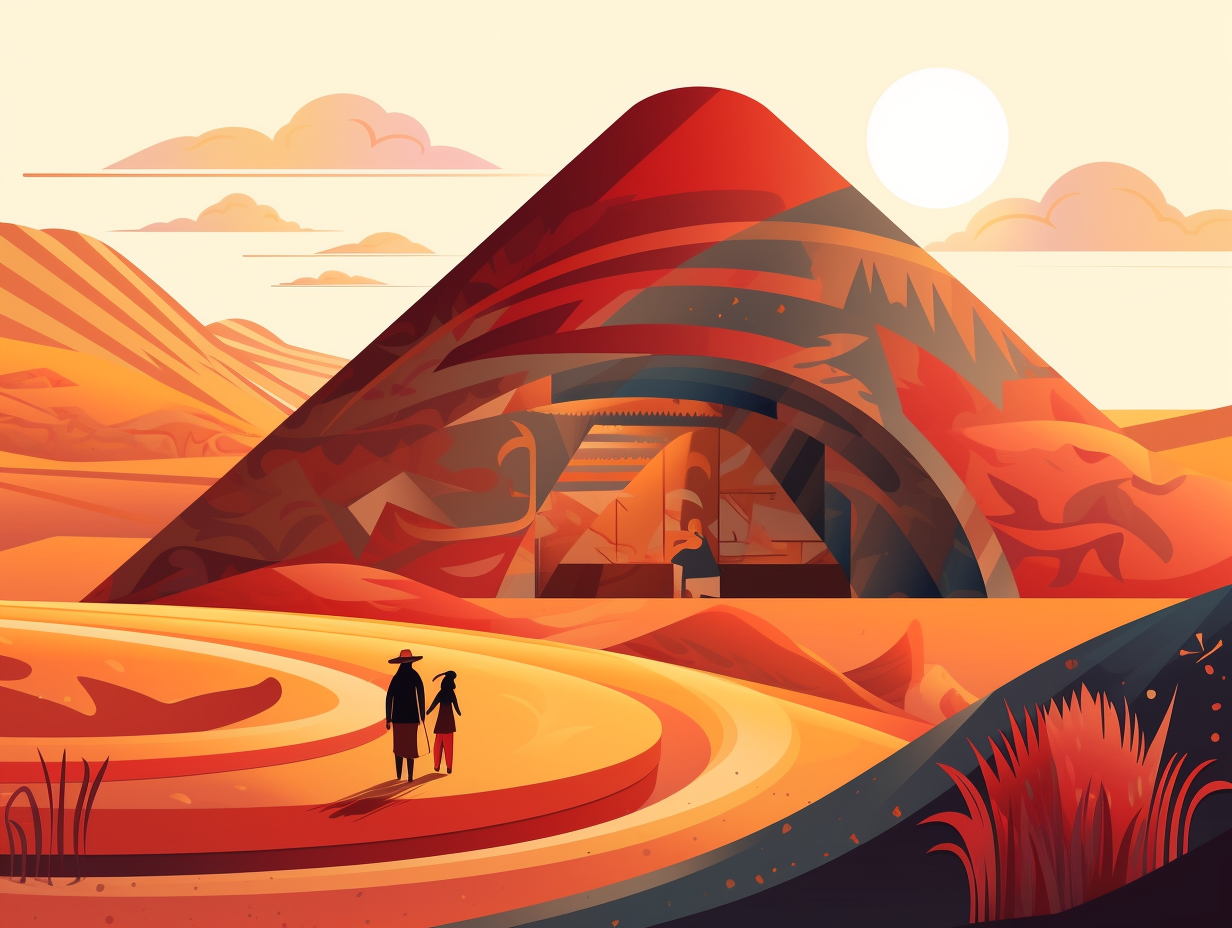Discover the Unbelievable: Top 13 Fun Facts About Mount Vesuvius You Won't Want to Miss!

1. Vesuvius' City-Burying Skills
If Mount Vesuvius had a resume, it would list "burying entire cities" under its special skills: In 79 AD, this Italian volcano showed off its talent by covering Pompeii and Herculaneum in a blanket of ash, while Pliny the Elder turned hero, meeting his end as he tried to save a friend's family from the eruptive havoc.
Source => en.wikipedia.org
2. Overdue Volcanic Library Book
Mount Vesuvius is like an overdue library book with a violent history: it’s been 77 years since its last eruption in 1944, and experts are just waiting for that final volcanic due date to be met with a catastrophic "lava-geddon." No late fees, but plenty of pyroclastic drama: this ticking time bomb of a volcano is one of the most dangerous in the entire world, with nearly three million people residing within a 20 mile radius of its fiery furnace of a crater.
Source => history.com

Did you know that before the catastrophic eruption of Mount Vesuvius, the people of Pompeii were masters of fresco paintings? Discover how their art withstood centuries of restorations and challenges! 🎨🌋
=> Fun Facts about Pompeii
3. Candid Snapshots in Ash
It's not all doom and gloom when life hands you lemons... or volcanic ash, as it turns out: Mount Vesuvius's eruption in 79 C.E. not only froze ancient cities like Pompeii and Herculaneum in their tracks, but also left historians a veritable playground of candid snapshots, from sassy graffiti to cheeky brothel ads, revealing the social and political ins and outs of their not-so-stone-faced residents.
Source => mentalfloss.com
4. Atomic Eruption Comparison
What do atomic bombs and an ancient eruption have in common? It's definitely not a blast from the past you'd want to experience in person: Mount Vesuvius' cataclysmic eruption in 79 AD released over 100,000 times the thermal energy of the atomic bombs dropped on Hiroshima and Nagasaki during WWII, cementing its place as one of the deadliest volcanic events in history.
Source => history.co.uk

5. Jesus' Tears & Volcanic Wine
If you've ever wondered if Jesus cried over spilt wine, wonder no more: Legend has it that the tears of Christ himself led to the creation of Caprettone and Piedirosso grapes, which grow on the slopes of Mount Vesuvius and are used to make the famous Lacryma Christi wine, a winemaking tradition dating back to the ancient Greeks in the 5th century BC, and still thriving today with popular varieties such as Bianco, Rosso, and Rosato, each bringing a divine touch to their unique flavors.
Source => cantinadelvesuvio.it
6. Vesuvius' Explosive Party
When Mount Vesuvius decided to "blow off some steam," it felt like the gods were hosting the most explosive party of the first century: During its eruption in 79 AD, Vesuvius unleashed a whopping 100,000 times the thermal energy of the Hiroshima and Nagasaki atomic bombings, hurtling molten rock, pumice, and scorching ash at 1.5 million tons per second, soaring up to 33 kilometers (21 miles) into the stratosphere – now that's a volcanic extravaganza worth remembering!
Source => en.wikipedia.org
7. Volcano-Styled Makeovers
You know you're having a bad hair day when Mount Vesuvius is your stylist: Despite its claim to fame in A.D. 79, when it buried Herculaneum and Pompeii in style, this fiery trendsetter has erupted many times since then, with its most recent makeover session occurring in March 1944. However, don't let its quiet demeanor fool you, as evidenced by May 1998 when ash deposits from previous eruptions transformed into a deadly mudslide, claiming 150 lives near the town of Sarno - a mere 15 kilometers away from Vesuvius' runway.
Source => earthmagazine.org
8. Volcanic Bash of 79 AD
If Mount Vesuvius threw a party in 79 AD, it would have been quite the explosive bash: Its cataclysmic eruption unleashed a whopping 100,000 times the thermal energy of the Hiroshima and Nagasaki atomic bombings combined, surely making this volcanic shindig one for the European history books.
Source => en.wikipedia.org
9. Daredevil Volcanic Wines
Drinking wine from a deadly volcano might sound like a crazy dare from Dionysus himself: Mount Vesuvius, one of the world's most dangerous active volcanoes infamous for wiping out Pompeii, is also home to mineral-rich volcanic soil that nurtures exceptional vineyards, which in turn create world-class wines and UNESCO-recognized heritage sites.
Source => mdpi.com
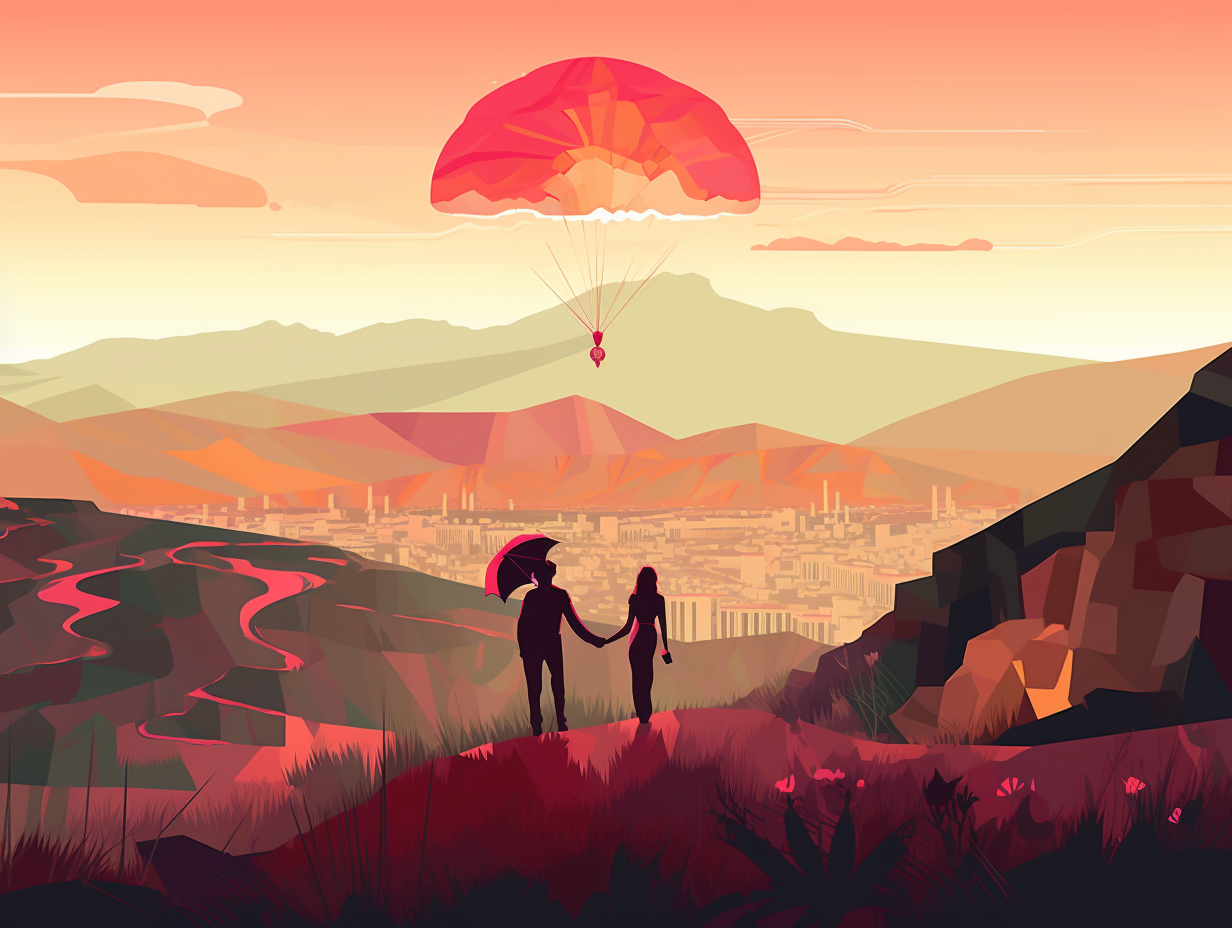
10. Katy Perry of Volcanoes
You might say Mount Vesuvius is the Katy Perry of volcanoes, it’s prone to erupting at any moment and has a fiery temperament: This geological pop star is the only active volcano on Europe's mainland to have erupted within the last 100 years, most recently in 1944, and sits worryingly close to 3 million potential audience members waiting for its next explosive performance.
Source => en.wikipedia.org
11. Vesuvius' Growth Spurt Failure
Talk about a growth spurt gone wrong: Mount Vesuvius, the explosive troublemaker of geology, actually shrank by a whopping 450 meters after its 1631 tantrum of an eruption, losing its height advantage to the neighboring Mount Somma and forever altering its shape and size.
Source => en.wikipedia.org
12. Blockbuster Volcanic Movie
If Mount Vesuvius were a movie, it'd be a blockbuster with a penchant for pyroclastic plot twists and dramatic ash-cloud cliffhangers: Surprisingly, its infamous 79 AD eruption, notorious for wiping out Pompeii, was a mere 5 on the Volcanic Explosivity Index, but this thrilling protagonist of natural disasters had a sequel in 1631 with a VEI of 4 that showered Naples with ash, leaving its mark on history and continuing to captivate the curious minds of scientists.
Source => en.wikipedia.org
13. Explosive Dinner Party Guest
If Mount Vesuvius were a guest at a dinner party, you'd definitely want to keep an eye on it – it's known for having quite the explosive personality: In fact, Vesuvius is the only volcano on the European mainland to have erupted within the last century, while its distant cousin Etna resides off the coast on the island of Sicily, making it a one-of-a-kind menace for millions of neighboring dwellers.
Source => wantedinrome.com
Related Fun Facts

